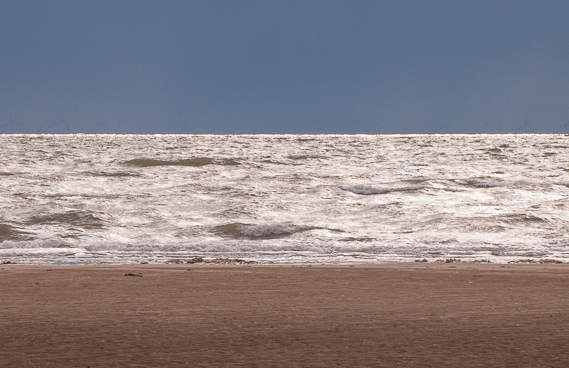
I’m currently reading ‘The Nature of Autumn’ by one of our greatest nature writers Jim Crumley, seems apt just now, and came across a small piece about nature’s national flag and Mark Rothko. In my previous post ‘Clarity, Colour and Emptiness’ the last image could easily have accompanied Crumley’s thoughts on, ‘the triple expanses of sand and open sea and open sky’
It’s a way I’ve come to express the enormity of what confronts us as we move through landscapes and is an ever apparent theme within my work. Sometimes the flag is sea, sky and sky and at other times just two elements make up the national symbol. Various combinations will combine in this horizontal symphony yet always it states vastness.
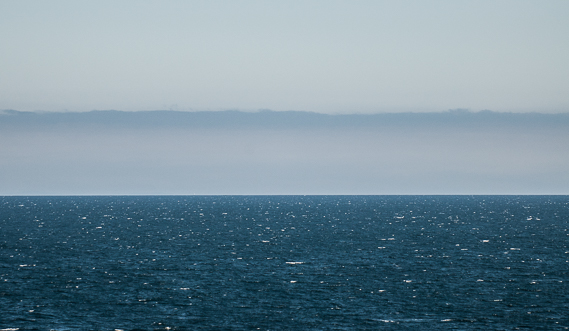
In Crumley’s words, as he approaches the vast expanse as ‘estuary becomes open sea at Tentsmuir’ on the outer reaches of the Tay,
You never quite know what to expect when you step from the trees onto the dunes and thread a way through them and finally step out onto the open beach to confront the triple expanses of sand and open sea and open sky, arranged in immense horizontals: the tricolour of nature’s national flag. I imagine someone like Mark Rothko confronting it for the first time and thinking to himself, “No, I need bigger canvasses. Much much bigger canvasses.” And when he got them he filled them with immense horizontals. As far as I know, he was never here, but he was one of the New York School so he had the western Atlantic seaboard at his disposal, so who knows? Besides he was famously reluctant to explain the motivation behind his huge abstracts.
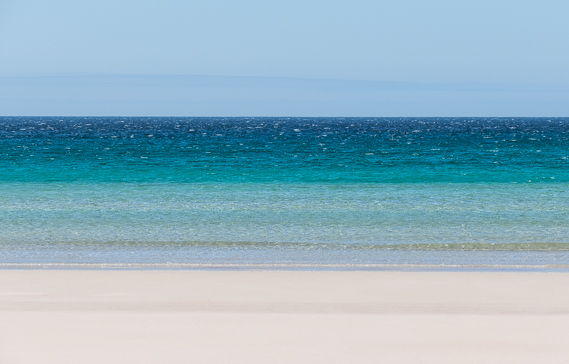
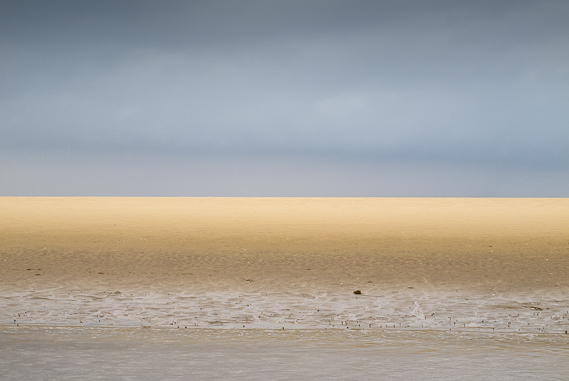
He goes on to quote from a recent retrospective of Rothko’s work at the National Gallery of Art in Washington and how it ‘corresponds with what happens to me when I step out at Tentsmuir beach’
Alternately radiant and dark, Rothko’s art is distinguished by a rare degree of sustained concentration on pure pictorial properties such as colour, surface, proportion, and scale, accompanied by the conviction that those elements could disclose the presence of a high philosophical truth. Visual elements such as luminosity, darkness, broad space, and the contrast of colours, have been linked…to profound themes such as tragedy, ecstasy and the sublime…
I think it’s what happens to me too as landscapes deal in the profound themes of tragedy, ecstasy and the sublime. These themes are in every image that comes from wild places, it’s why I photograph them. I’ve also stood infront of huge Rothko canvases and become lost in them as the broad horizontal planes merge and dance. I’ve found that by staring at them for long periods, trying not to blink, a remarkable transition of colours occur and the horizontals recede and jump forward at the same moment giving a real sensation of depth; depth that is physical when you stand in the landscape is there in these canvases.
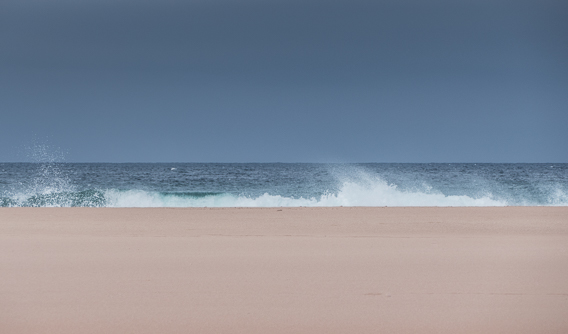
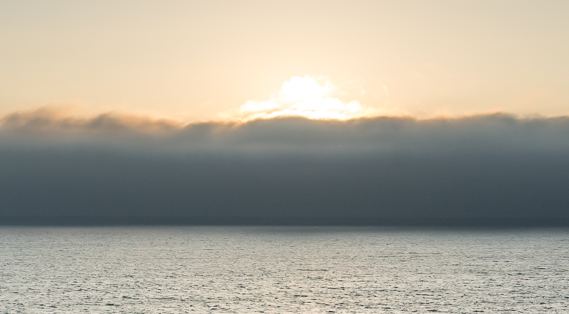
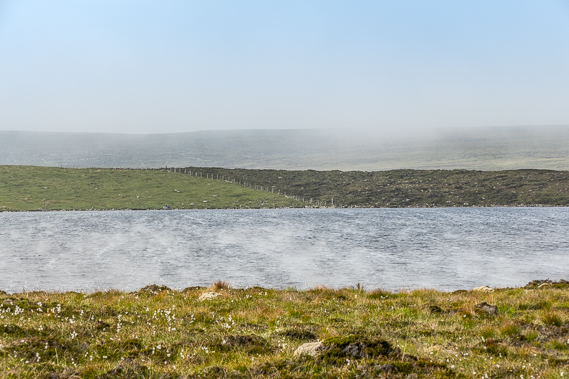
It’s reassuring when someone you have read and admired for years and years sees the landscape, in just a small sense, the way you do.

Interesting stuff Tim.
I wonder. I have a Sawada Serigraph on my wall
No 6 in this gallery.
http://keywordsuggest.org/gallery/909537.html
A similar aesthetic sensibility at work?